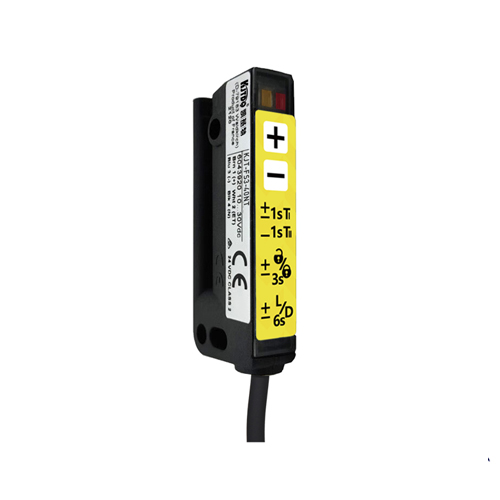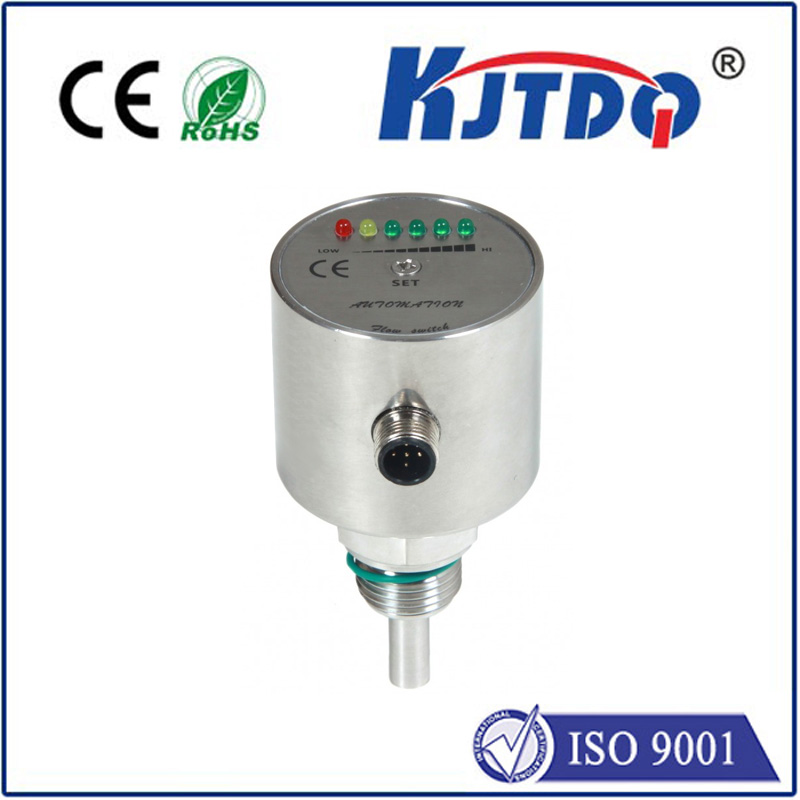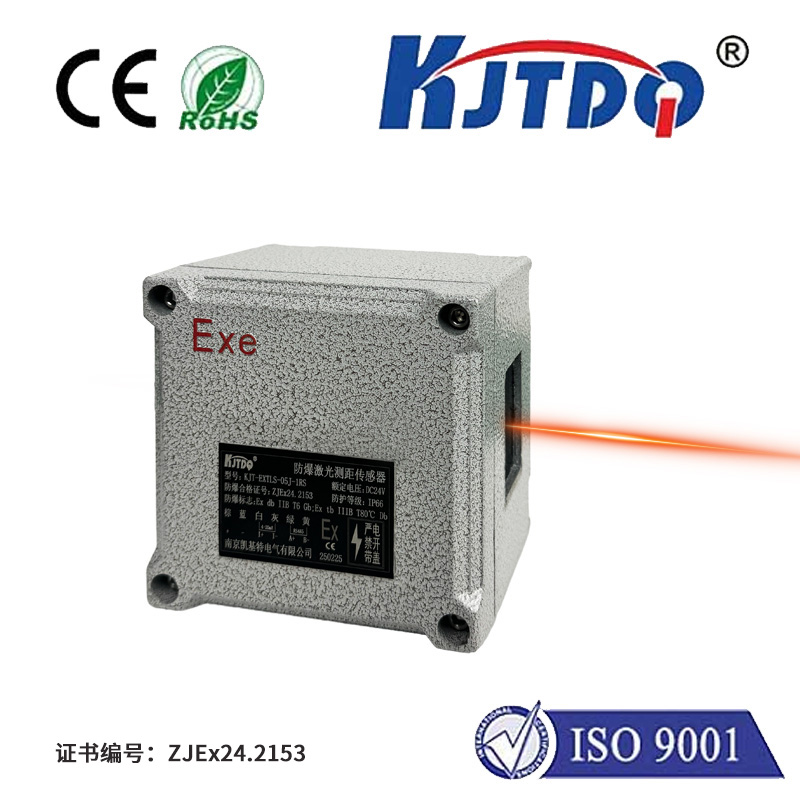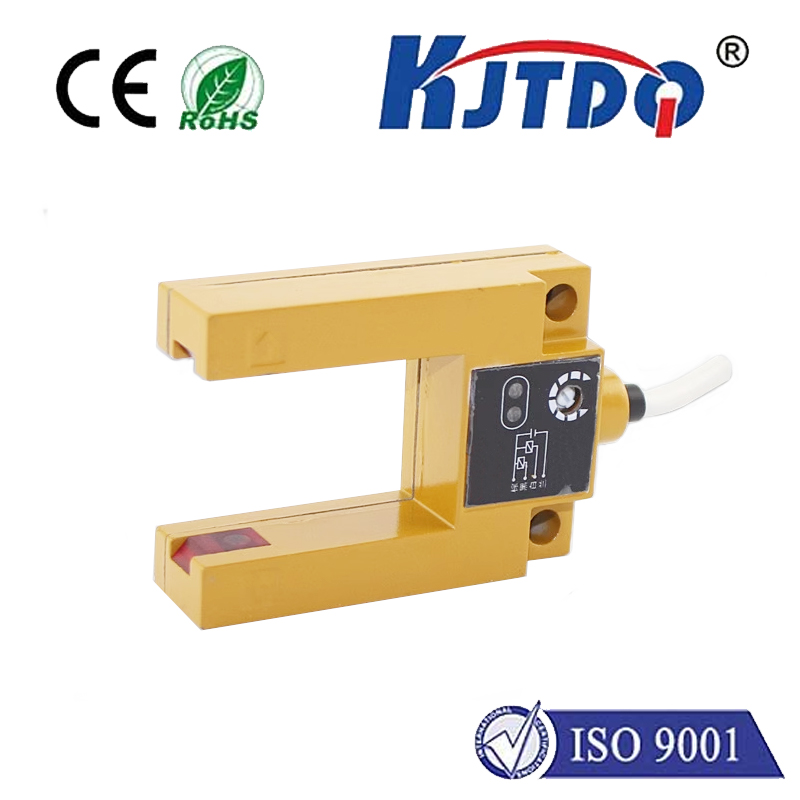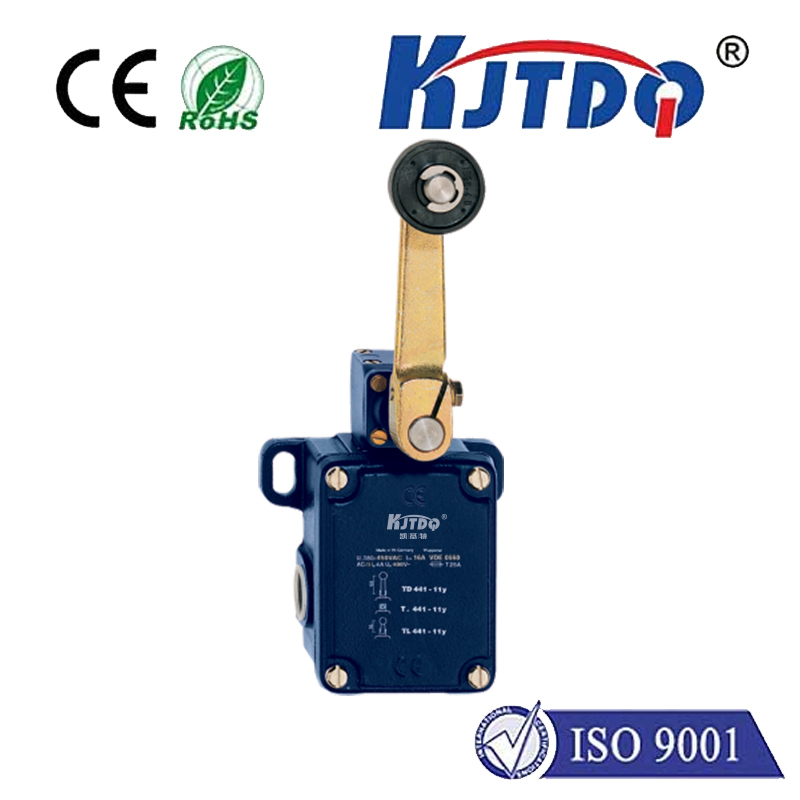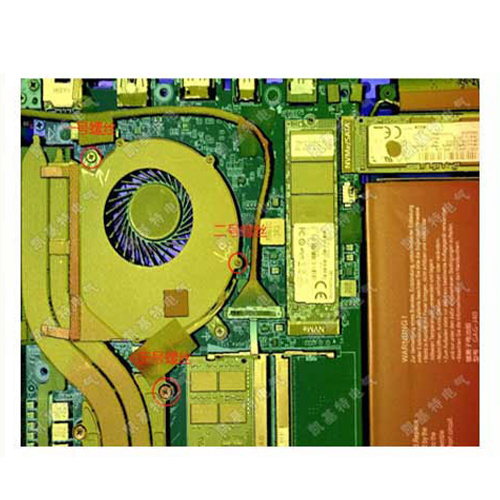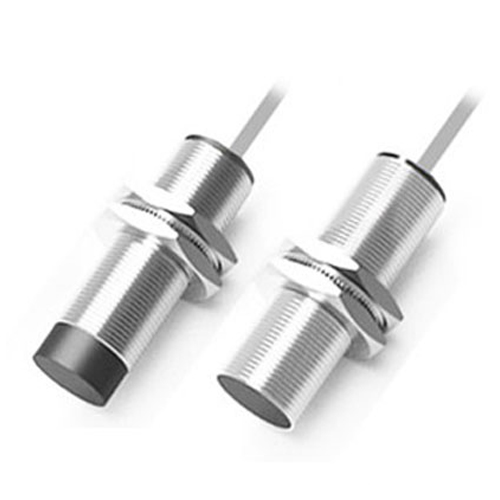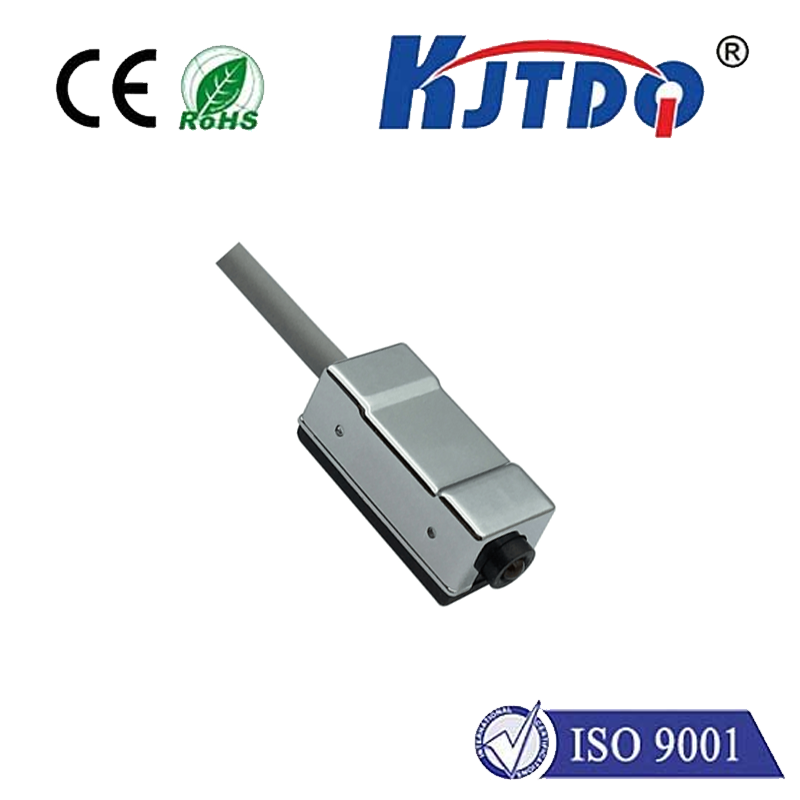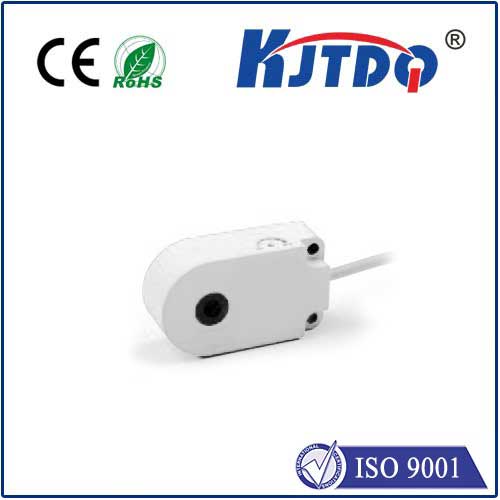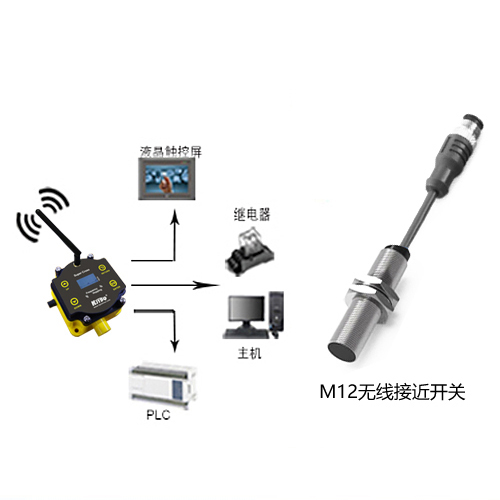proximity sensor schneider
- time:2025-07-07 12:21:20
- Click:0
Schneider Proximity Sensors: The Precision Eyes of Modern Automation
Imagine a factory floor humming with activity – robotic arms welding with pinpoint accuracy, conveyor belts seamlessly transporting goods, massive presses forming metal with incredible force. Now, envision all this complex machinery operating flawlessly, safely, and efficiently, often with minimal human intervention throughout the entire process. This isn’t science fiction; it’s the reality of modern industrial automation, and proximity sensors are fundamental, silent guardians making it all possible. As a global leader in energy management and automation, Schneider Electric designs and manufactures some of the most reliable and advanced proximity sensors critical for these demanding environments.
At their core, proximity sensors detect the presence or absence of an object without physical contact. Think of them as the machine’s sense of touch, but operating at a distance. They work by generating an electromagnetic field or beam; when a target object enters this field, it causes a detectable change in the sensor’s state, triggering an electrical signal. This simple yet powerful principle forms the bedrock of countless automated sequences. Schneider Electric leverages this technology across a diverse portfolio catering to virtually every industrial need.
Why Schneider Proximity Sensors Stand Out in Industrial Environments

While many manufacturers offer proximity sensors, Schneider Electric brings distinct advantages forged by deep industrial expertise:
- Robustness and Reliability: Industrial settings are harsh. Dust, moisture, vibration, electromagnetic interference (EMI), and extreme temperatures are commonplace. Schneider sensors are engineered specifically for these challenges. They boast exceptional Ingress Protection (IP) ratings (like IP67 and IP69K), ensuring resistance to dust and high-pressure water jets, making them suitable for washdown areas in food & beverage or pharmaceutical plants. Their rugged construction withstands significant shock and vibration encountered in heavy machinery and material handling. This inherent robustness translates directly to minimized downtime and lower maintenance costs – critical factors in high-output facilities.
- Wide Range of Technologies & Form Factors: Schneider doesn’t offer a one-size-fits-all solution. Their portfolio encompasses:
- Inductive Sensors: The workhorses for detecting metallic objects. Schneider’s inductive sensors come in shielded (flush-mountable) and unshielded varieties, in cylindrical or block styles (like the compact XS series), catering to space constraints and different mounting needs.
- Capacitive Sensors: Detect a much wider range of materials, including liquids, powders, plastics, and wood, through non-metallic containers. Ideal for level detection in tanks or presence detection of non-metallic parts.
- Ultrasonic Sensors: Utilize sound waves for precise distance measurement or presence detection over longer ranges and through challenging environments like smoke or steam. Schneider’s offerings provide reliable solutions for object positioning or bulk material level monitoring.
- Photoelectric Sensors: Use light beams (visible, infrared, laser) for long-range detection or sensing very small objects. Schneider integrates these seamlessly for applications requiring high precision or extended sensing distances.
- Performance & Precision: Schneider sensors offer high switching frequencies, enabling detection of fast-moving objects on high-speed production lines. They provide precise switching distances consistent with international standards (EN 60947-5-2), ensuring repeatable accuracy crucial for robotic positioning and assembly tasks. Advanced models feature excellent immunity to surrounding metals and EMI, preventing false triggers that can halt production.
- Integration and Connectivity: In today’s connected factory, sensors are data points. Schneider proximity sensors seamlessly integrate into broader architectures like EcoStruxure™. Many models support IO-Link technology, providing valuable diagnostic information (sensor health, temperature, operating cycles) beyond simple on/off status. This facilitates condition-based maintenance and unlocks insights for optimizing processes. Compatibility with Schneider’s extensive range of automation controllers (Modicon PLCs), motor starters (TeSys), and HMIs simplifies design and installation.
- Global Support and Application Expertise: Schneider Electric’s global footprint means local support, readily available spares, and deep application knowledge across diverse sectors – from automotive and packaging to water treatment and energy. This support is invaluable for selecting the right sensor and troubleshooting complex installations.
Essential Applications Across Industries
Schneider proximity sensors are ubiquitous because their non-contact detection solves fundamental automation challenges:
- Position Verification: Confirming a part is correctly placed before a robotic arm picks it up or a machining operation begins.
- End-of-Travel Detection: Safely stopping cylinders or actuators at the end of their stroke.
- Object Counting: Tallying products moving on a conveyor belt (inductive for metal, capacitive/photoelectric for others).
- Speed Monitoring: Sensing the teeth of a gear to calculate rotational speed.
- Level Control: Detecting presence or absence of material in hoppers, bins, or tanks (capacitive, ultrasonic).
- Machine Safety: Contributing to safety interlock systems by confirming guards are closed or hazardous areas are clear before machine start-up. While not primary safety devices (like safety light curtains), they are vital components within safety circuits.
- Part Presence/Absence: Ensuring the correct component is present for assembly or verifying empty pallets before loading.
Choosing the Right Schneider Proximity Sensor
Selecting the optimal sensor involves considering:
- Target Material: Metal? (Inductive) Non-metal? (Capacitive, Photoelectric, Ultrasonic) Specific type?
- Required Sensing Distance: How far away does the object need to be detected?
- Environmental Conditions: Exposure to dust, water, chemicals, extreme temperatures, or EMI?
- Mounting Constraints: Space limitations dictating size and shape (e.g., compact XS series)?
- Output Type Needed: Discrete (PNP/NPN) or analogue? Does it require IO-Link for smart data?
- Electrical Requirements: Voltage supply (12-24V DC, 24-240V AC/DC common)?
- Performance Needs: High switching frequency? High precision?
Investing in Reliability and Efficiency
Proximity sensors are relatively small components, but their impact on automation systems is profound. Choosing Schneider Electric proximity sensors means investing in robustness, reliability, precision, and seamless integration within a comprehensive industrial ecosystem. They reduce unplanned downtime, enhance safety, improve product quality through consistent operation, and provide valuable data for smarter decision-making. In the constantly evolving landscape of industrial automation, having the precise “eyes” from a trusted leader like Schneider Electric ensures your machinery operates at peak efficiency, safely and reliably, driving productivity forward.












